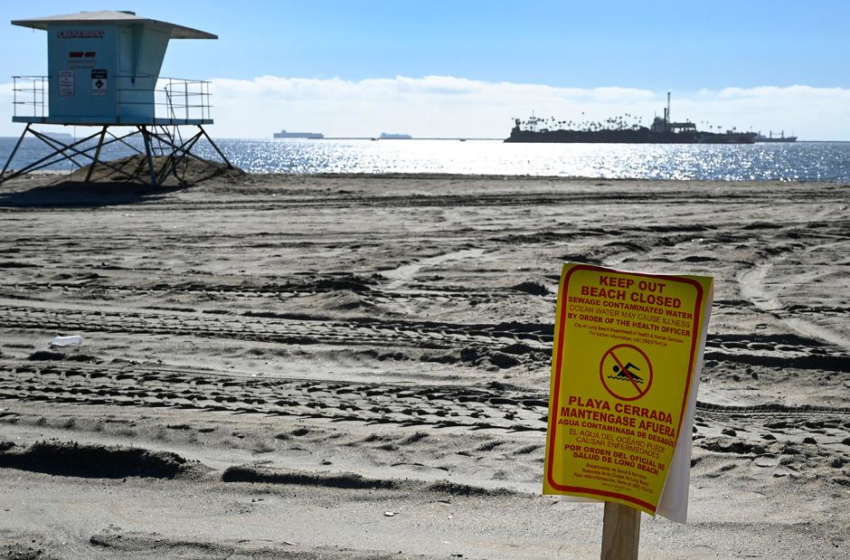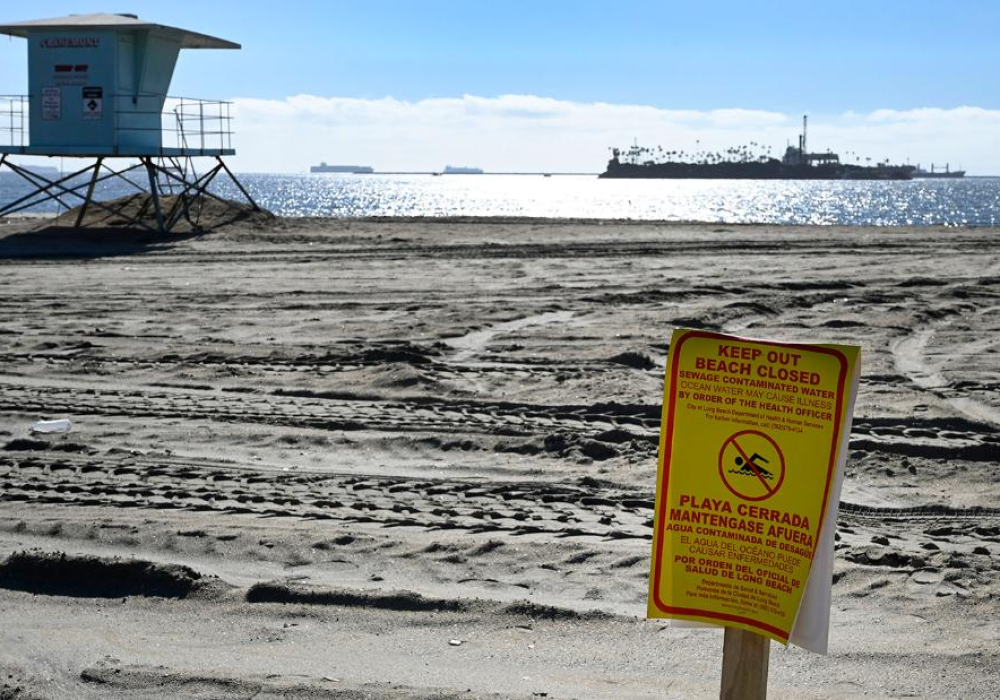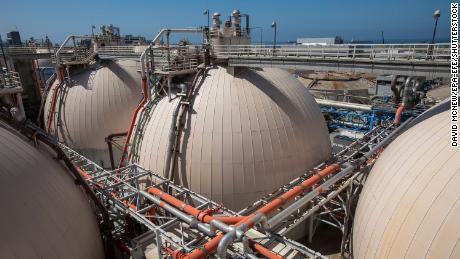The spill, which was first detected Thursday afternoon, occurred in the city of Carson because of the failure of a 48-inch sewer main line, the city of Long Beach said in the news release.
This is the largest spill on record for the LACSD, Langpap said.
Long Beach, located in Los Angeles County, has approximately seven miles of public beach, according to the city.
The Long Beach Health Department’s Water Quality inspection team is monitoring water quality in the affected beach areas and will continue until results comply with state water quality standards.
No hydrogen sulfide was detected, according to the LACSD.
“As a safety precaution due to spilled sewage reaching the ocean, the LA County Department of Public Health issued a closure of beaches from Long Beach to Rancho Palos Verdes,” LACSD said.
“We will be working with health officials over the coming days to monitor water quality to determine when beaches are safe to reopen and assess environmental impacts.”
Crews were able to finally stop the sewage overflow Saturday by installing five bypass systems, according to LACSD, adding that three additional bypass systems were installed as protection.
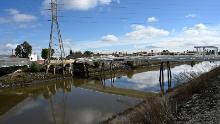
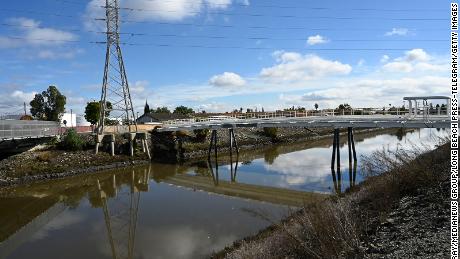
Hahn called on the LACSD to perform a full investigation into what caused the spill and whether “aging or faulty infrastructure” played a role.
The spill came from the Hyperion Water Reclamation plant, which is next to Dockweiler State Beach and is the city’s oldest and largest wastewater plant, operating since 1894. The spill prompted the closure of one to two miles of beaches near Los Angeles International Airport.

